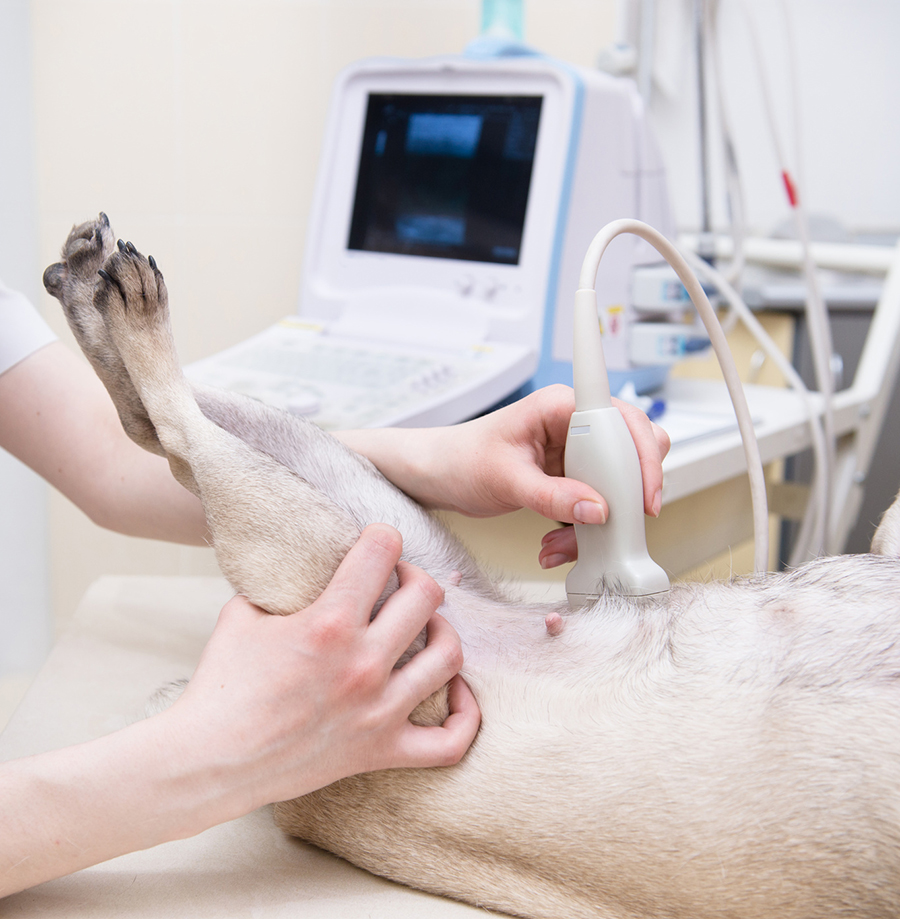Bladder Cancer in Dogs (Transitional Cell Carcinoma)
Transitional Cell Carcinoma is the most common type of bladder cancer we see in dogs. Normally the only clinical sign shown is either a red discolouration of the urine (from bleeding in the bladder) or straining while urinating. A number of cases are also complicated by a bacterial infection in the bladder (cystitis).
A suspected diagnosis is normally made by ultrasound where one can visualize the cancer and the extent of involvement of the bladder. This is then confirmed with a catheter biopsy. In humans, this particular type of cancer seems to be rather superficial i.e. it does not extend deep into the bladder wall. This does not seem to be the case in dogs however. Often the cancer extends deep into the bladder wall. This often makes surgery very difficult in dogs. In some cases where the growth is small and involves parts of the bladder that can be removed without complications, then surgery is a good option.
Treatment, should surgery not be an option, involves the use of a non-steroidal anti-inflammatory drug called “Piroxicam”. This is given every 2nd day for life. Up to 25% of cases can experience shrinking of the cancer on this alone, but generally a more aggressive approach is required, involving chemotherapy. Unfortunately, most Transitional cell Carcinomas are aggressive (malignant) and have the potential for spread.
Prior to treatment, it is necessary to “stage” the cancer. This is the process by which we evaluate whether the cancer has spread anywhere else or if there are any other abnormalities which may affect the treatment. Ultrasound of the rest of the abdomen (normally done at the same time as diagnosis) to assess the kidneys/ spleen/ liver and lymph nodes, is the most important step. A general set of blood tests would also need to be done.
Chemotherapy can consist of one or a combination of a different number of drugs. The most commonly used is a single drug called Mitozantrone. It is administered through a drip and given once every 3 weeks only. Side effects are minimal and most pets do not experience any side effects at all. Normally 6-8 treatments are necessary. Repeat ultrasounds are done at every 2nd treatment to assess response and also keep a watch on potential spread. The best candidates for chemotherapy are those in which the staging tests come up clear initially. Chemotherapy has been shown in studies to be of significant benefit to Transitional Cell Carcinoma patients.
Costs of treatment vary tremendously, so we recommend you come in a have a discussion with one of our vets about the variety of options. Patients are usually kept in for the day (drop off morning, pick up afternoon) and will have a blood count done before each treatment. Payment for chemotherapy is necessary on a per treatment basis and not a whole payment up front.




